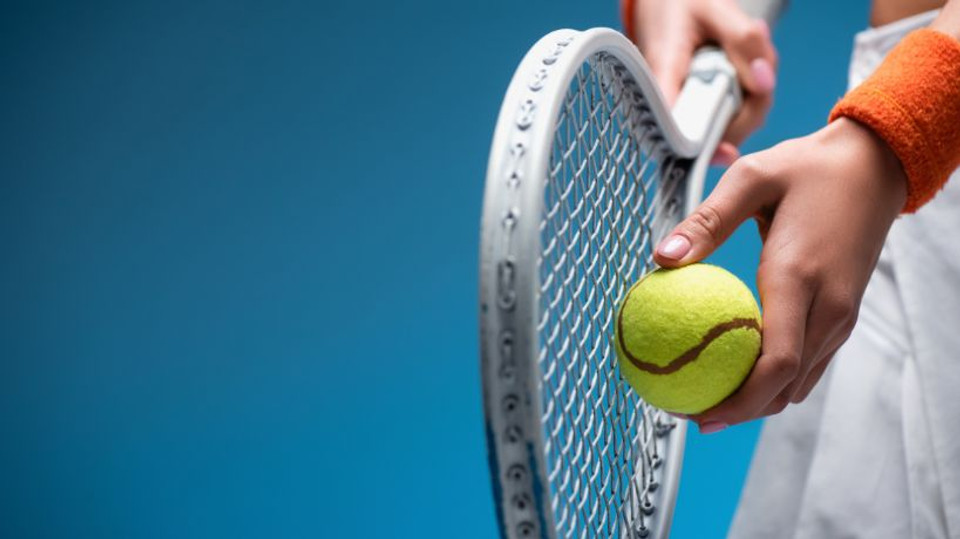If you want to pick up tennis, one of the first choices you’ll face is whether to play indoors or outdoors. This decision can affect your game, as the environment in which you play changes the conditions of the court and your strategy. Let’s dive into the key differences between indoor and outdoor tennis and explore how each setting can affect your play.
More Weather Conditions With Outdoor Tennis
Playing tennis outdoors introduces various weather conditions that can affect your game. Sunshine, wind, and humidity levels can change the way the ball behaves, making outdoor tennis a more variable and unpredictable experience.
Wind can alter the trajectory of the ball, requiring you to adjust your timing and shot placement. Glare from the sun can also impact visibility, especially during serves. These conditions add challenges and force you to adapt quickly and be more versatile on the court.
Fewer Bad Bounces With Indoor Tennis
Indoor tennis courts offer a more consistent bounce than their outdoor counterparts. The lack of elements, such as wind and heat, means the ball’s behavior is more predictable, reducing the number of “bad” bounces. Consistency allows players to focus on technique and strategy rather than compensating for irregularities in the court’s surface or the ball’s path.
Indoor Court Conditions Are Typically Faster
Indoor court surfaces tend to be “faster,” with balls bouncing lower and moving quicker compared to outdoor clay or hard courts. Speed can benefit players with strong serves and groundstrokes, making their shots even more effective. However, players need quick reaction times and good footwork to keep up with the pace of the game, making speed and precision crucial for indoor tennis.
Using Spin Is More Important for Outdoor Tennis
Outdoor tennis often requires a greater emphasis on spin. The variety of outdoor conditions, including the wind and slower court surfaces, make spin an essential technique for controlling the ball and outmaneuvering your opponent. Topspin and slice shots can prove more effective outdoors, where the elements magnify the effects of spin and add complexity to the game.
Equipment Adjustments for Indoor and Outdoor Tennis
Switching between indoor and outdoor tennis may require some adjustments to your equipment. For outdoor play, players might choose balls that bounce well. Similarly, you might adjust your racket tension based on the type of court and the conditions. Some players prefer a tighter string tension for indoor courts to gain more control over the faster-moving ball.
The difference between indoor and outdoor tennis extends beyond the court’s location. Each setting demands unique strategies, adjustments, and mindsets. Whether you’re rallying under the open sky or sprinting across the smooth surface of an indoor court, understanding these differences can help you adapt and thrive.
Take a moment to enjoy the game from the comfort of custom tennis court benches from All Star Tennis Supply. Our benches are perfect for reflecting on the unique challenges and joys of indoor and outdoor play!

